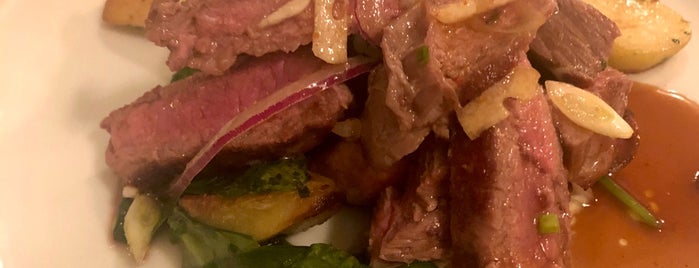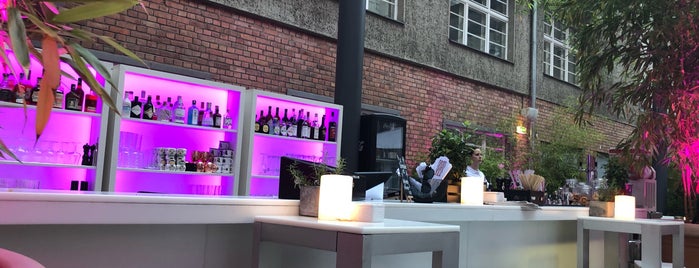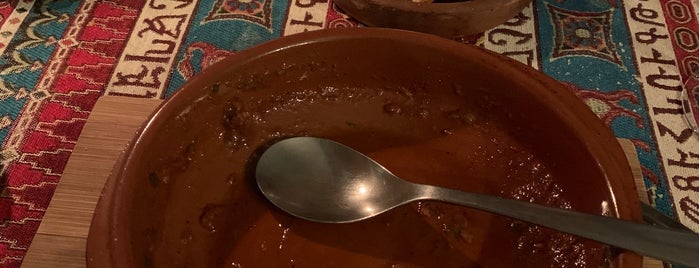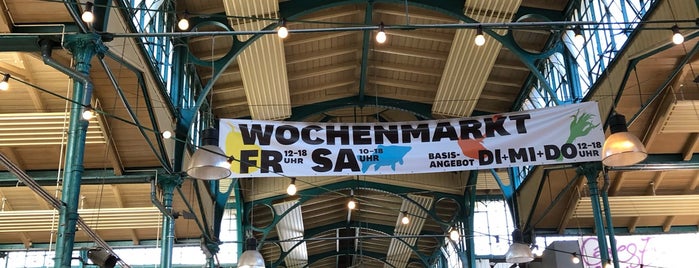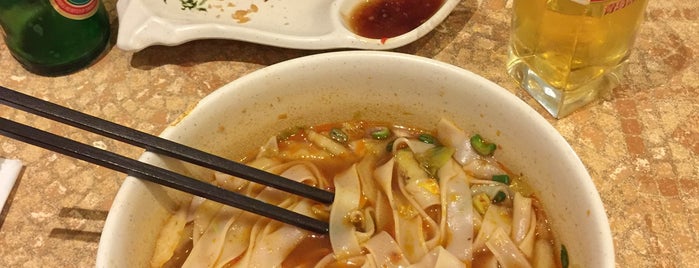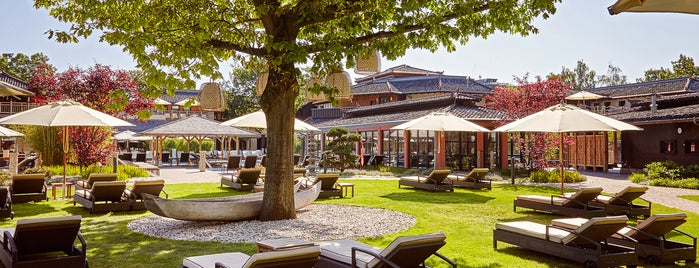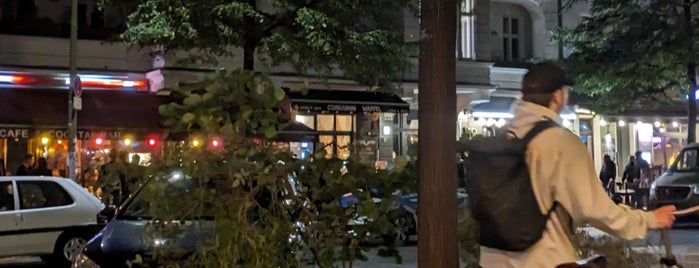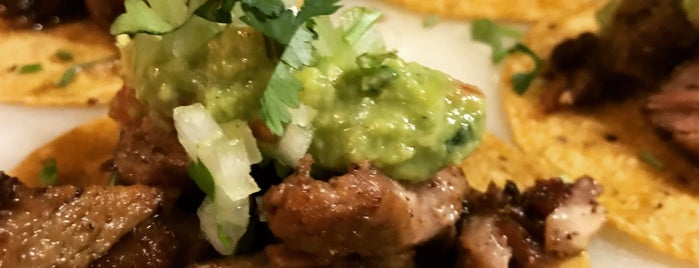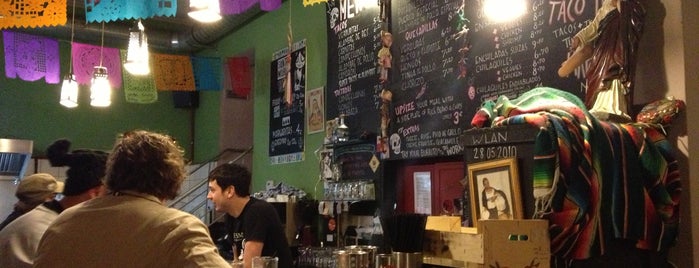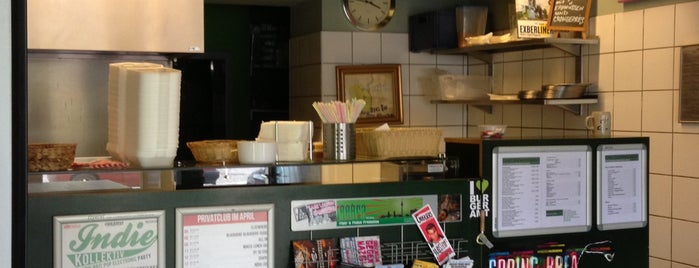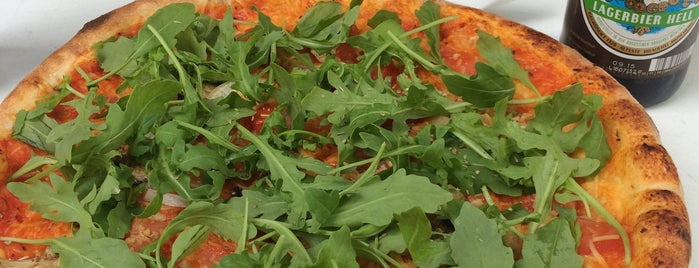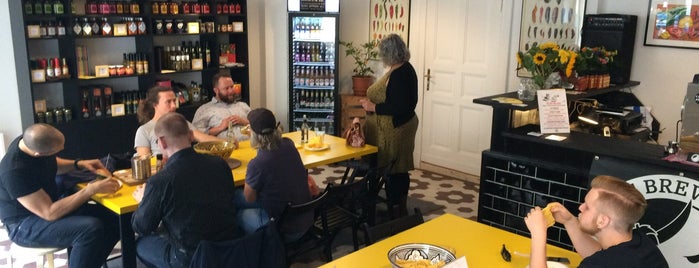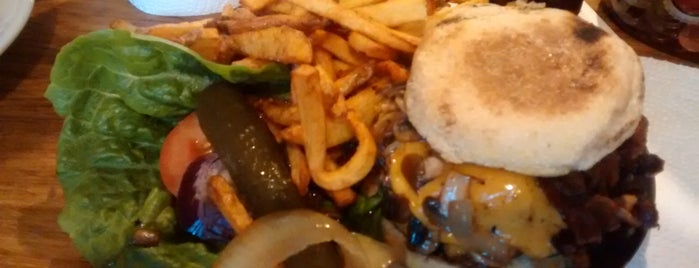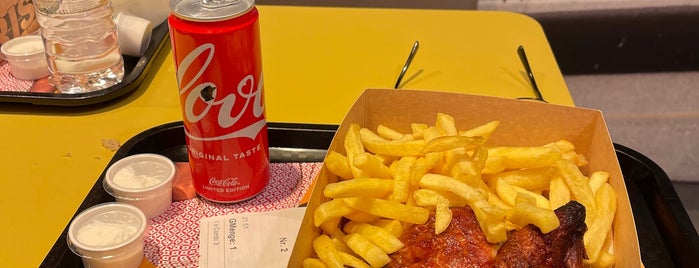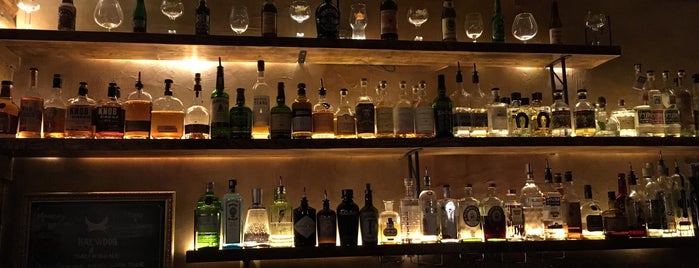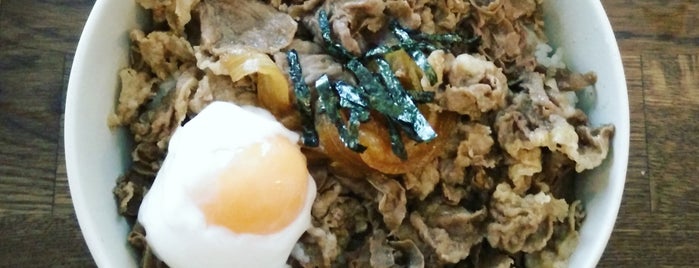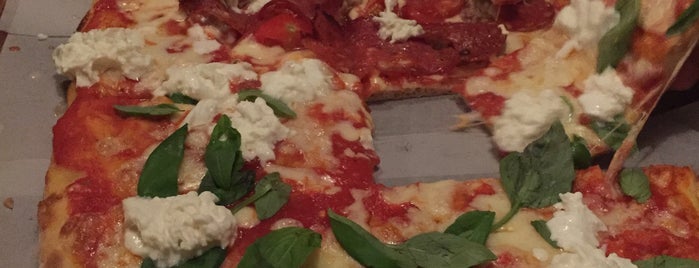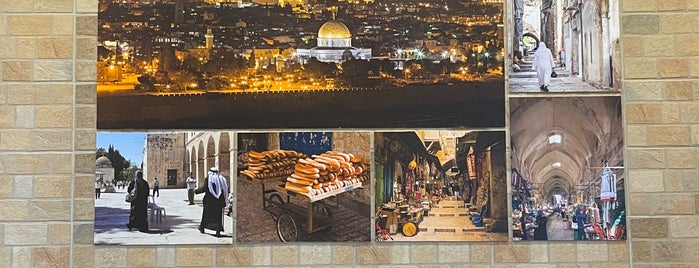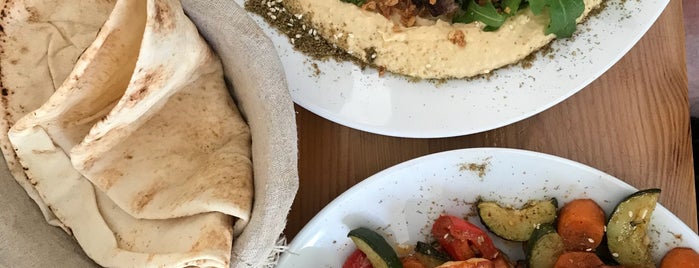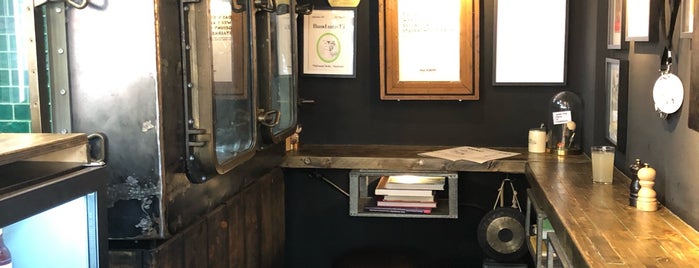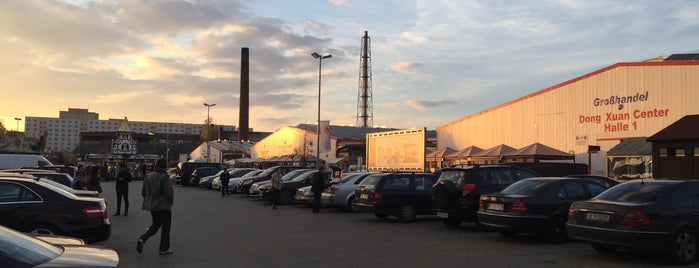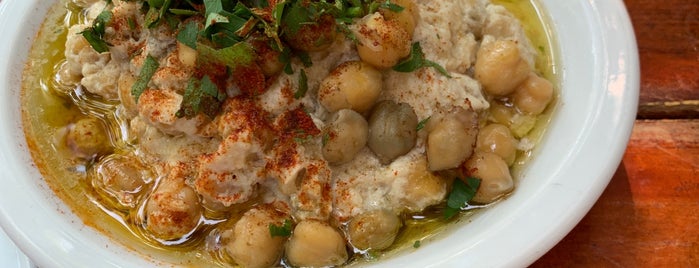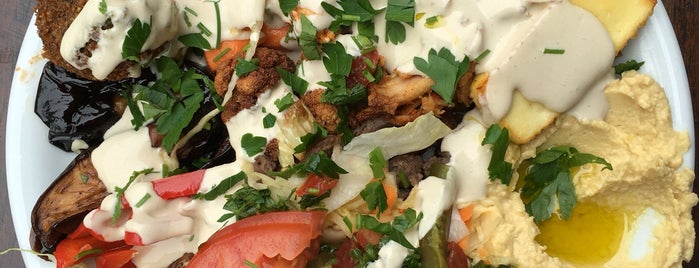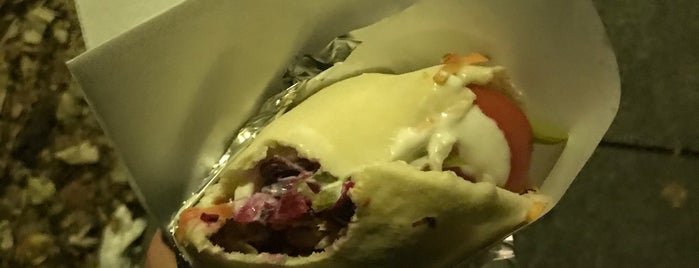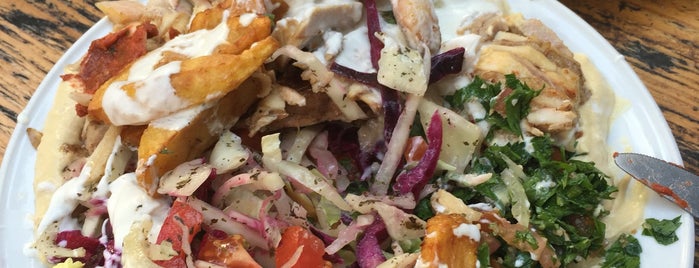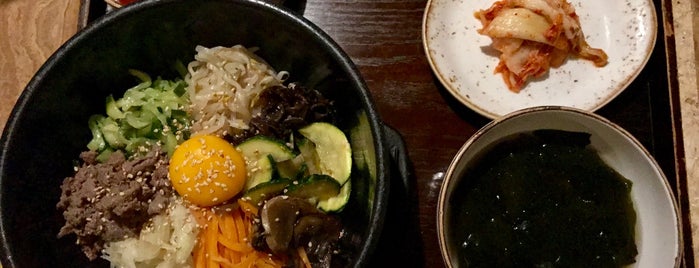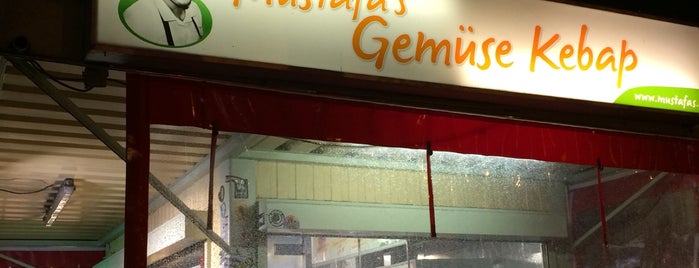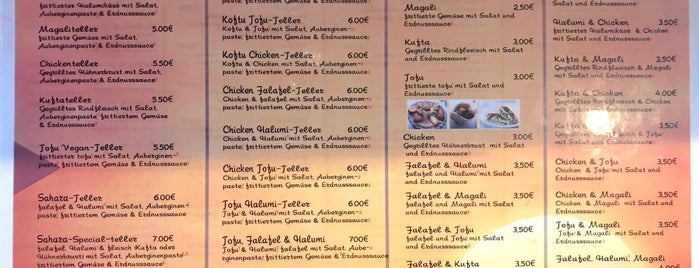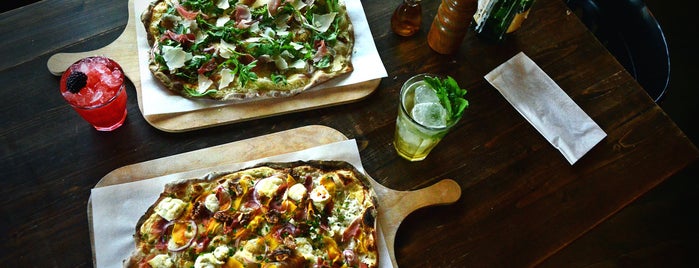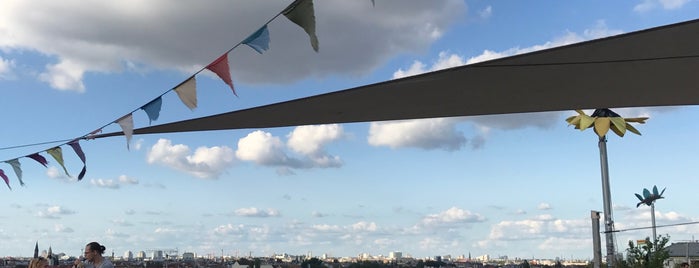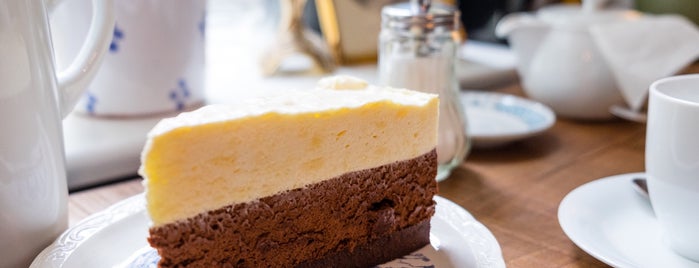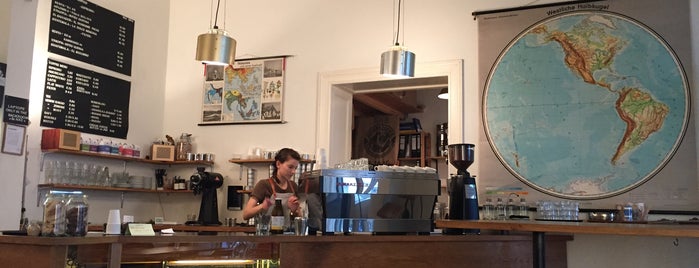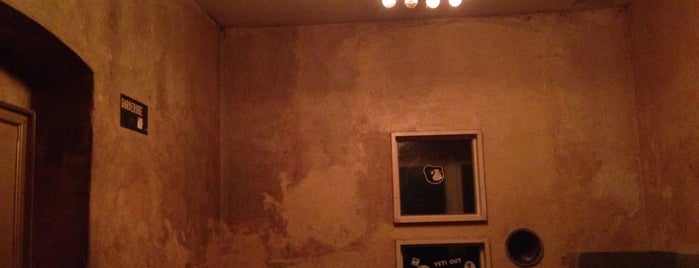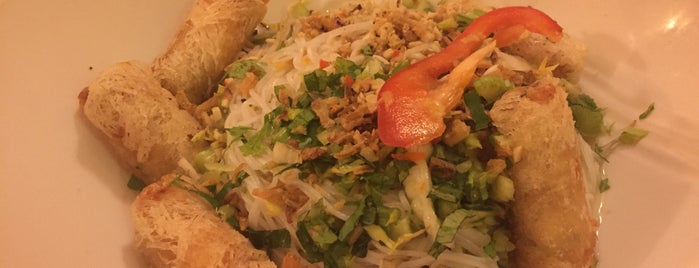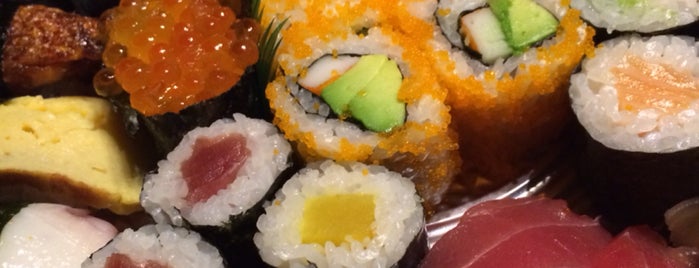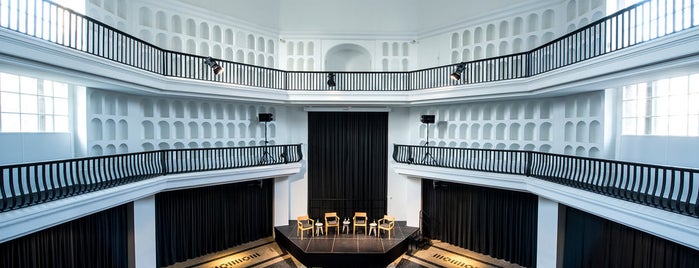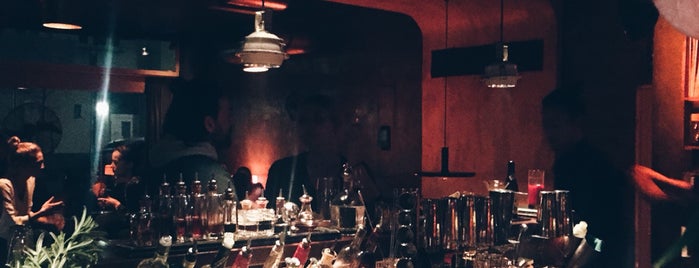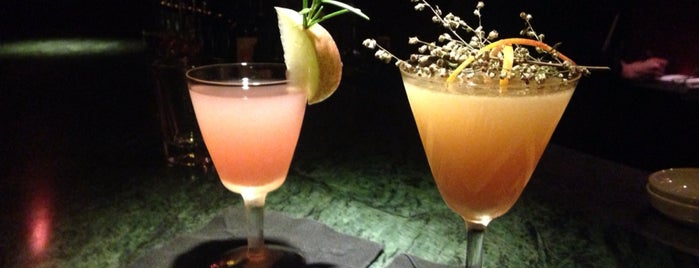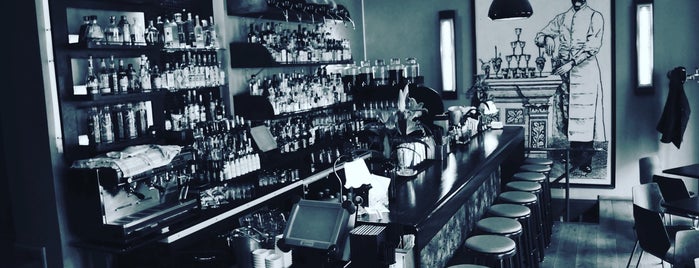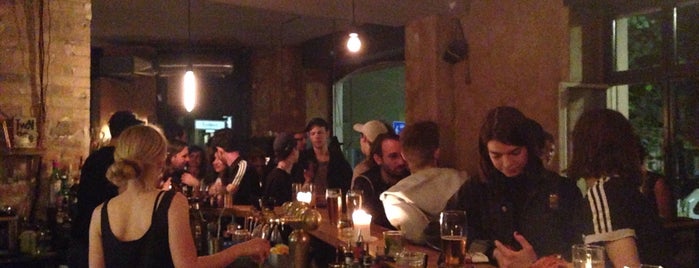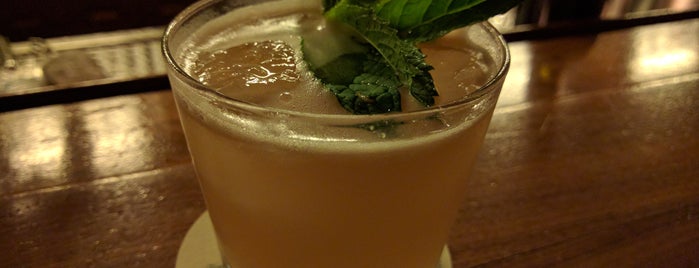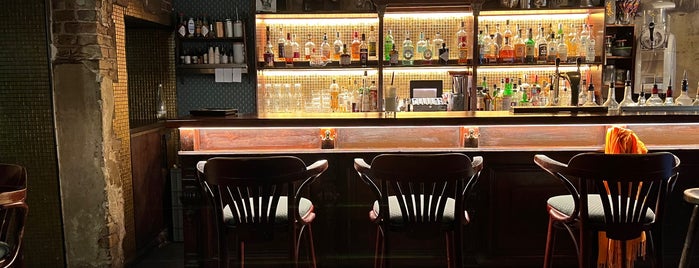![]() The octagon-shaped Schinkel Pavillon, built in 1969 by revered GDR architect Richard Paulick on the grounds of the former Crown Prince Palace, is now an unorthodox space for site-specific exhibitions. Read more.
The octagon-shaped Schinkel Pavillon, built in 1969 by revered GDR architect Richard Paulick on the grounds of the former Crown Prince Palace, is now an unorthodox space for site-specific exhibitions. Read more.
![]() Architect Arno Brandlhuber plays with scale and negative space inside the soaring central hall; the rest of the complex is home to a sculpture garden, artist’s residence, and the 032c offices. Read more.
Architect Arno Brandlhuber plays with scale and negative space inside the soaring central hall; the rest of the complex is home to a sculpture garden, artist’s residence, and the 032c offices. Read more.
![]() Perhaps most symbolic of Berlin’s bright transformation is Silent Green, a one-time crematorium turned performing arts center that shows video art and hosts underground DJs in a retrofitted cupola. Read more.
Perhaps most symbolic of Berlin’s bright transformation is Silent Green, a one-time crematorium turned performing arts center that shows video art and hosts underground DJs in a retrofitted cupola. Read more.
![]() Surrounded by high-rise East German-esque housing blocks not far from the Jewish Museum, it’s worth searching out for the sake of director Köhler’s smart mix of Dada and avant-garde European works. Read more.
Surrounded by high-rise East German-esque housing blocks not far from the Jewish Museum, it’s worth searching out for the sake of director Köhler’s smart mix of Dada and avant-garde European works. Read more.
![]() Mitte’s Boros Collection, in a 32,000-square-foot Nazi-era bunker, doubles as the home of Christian Boros, a collector of artists such as Olafur Eliasson and Alicja Kwade. Read more.
Mitte’s Boros Collection, in a 32,000-square-foot Nazi-era bunker, doubles as the home of Christian Boros, a collector of artists such as Olafur Eliasson and Alicja Kwade. Read more.
![]() Here, Ngo’s talented right-hand man, Masao Watari, turns out small plates like grilled yakitori and anticuchos as well as South American-inspired sashimi. Read more.
Here, Ngo’s talented right-hand man, Masao Watari, turns out small plates like grilled yakitori and anticuchos as well as South American-inspired sashimi. Read more.
![]() A modern German brasserie with a Michelin star located in the Jewish Girls’ School building. Patrons enter through the clubby front bar decorated with emerald green walls and leather banquettes. Read more.
A modern German brasserie with a Michelin star located in the Jewish Girls’ School building. Patrons enter through the clubby front bar decorated with emerald green walls and leather banquettes. Read more.
![]() A sleek two-story cafeteria in architect David Chipperfield’s office complex that serves five simple homemade dishes each day. Read more.
A sleek two-story cafeteria in architect David Chipperfield’s office complex that serves five simple homemade dishes each day. Read more.
![]() An artists’ village along the Spree in Friedrichshain that houses the anything-goes-club Kater Blau, inside a disused factory, and sister restaurant Fame, where the fashion crowd fuels up. Read more.
An artists’ village along the Spree in Friedrichshain that houses the anything-goes-club Kater Blau, inside a disused factory, and sister restaurant Fame, where the fashion crowd fuels up. Read more.

